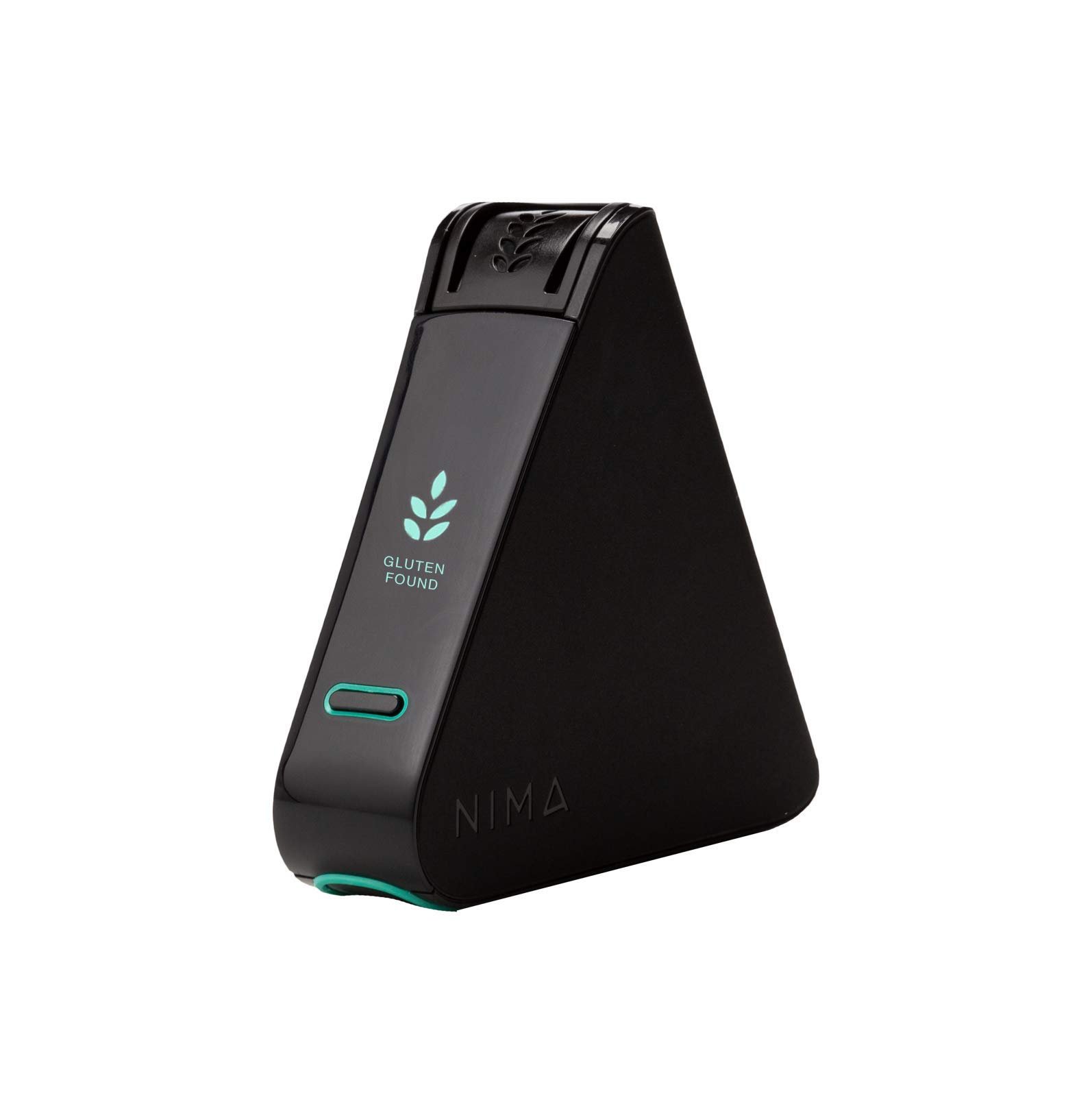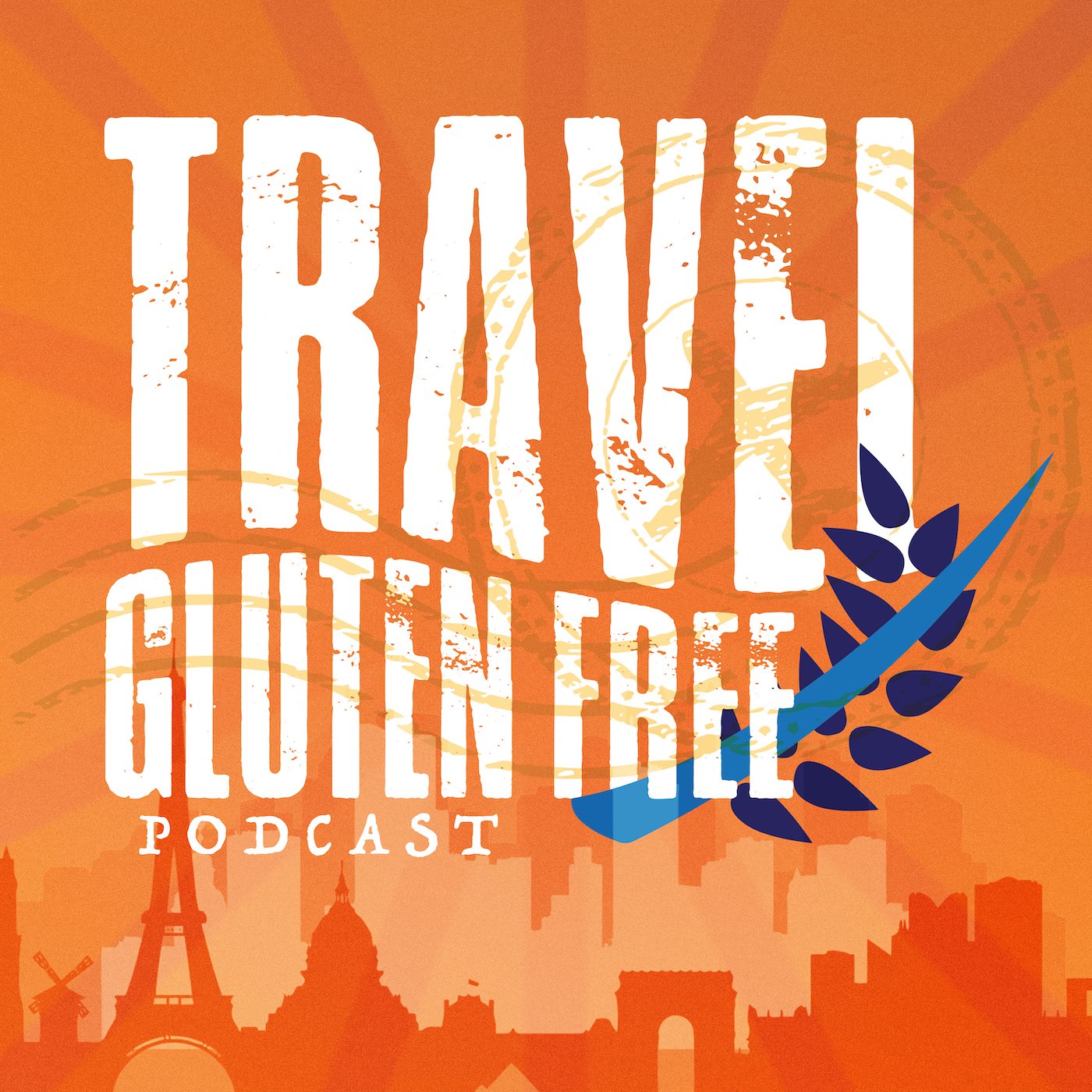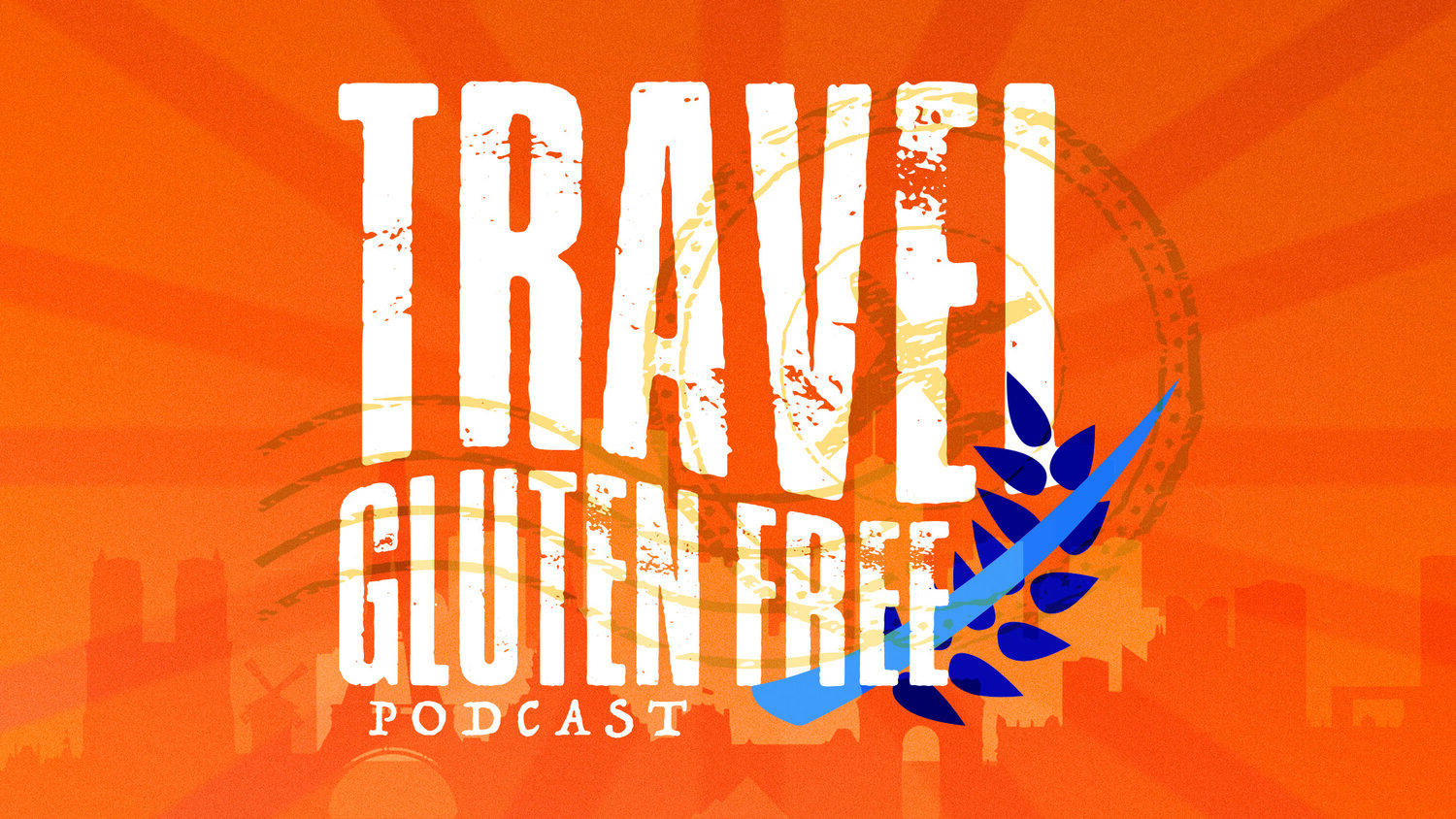
How to Cruise Gluten Free with Celiac Disease
If you're new to Celiac disease or gluten-free, and you don't want to worry about food safety, I recommend cruising. The staff on cruises are extraordinarily service-oriented, and the chefs are very knowledgeable about their food and menus.

Using Your NIMA Sensor When Eating Out with Celiac Disease
With the NIMA sensor, you can test a variety of foods and beverages - not just the food you eat at restaurants.

What Foods Can You Eat with Celiac Disease?
Gluten is a protein that naturally occurs in some foods. It acts as a binding agent for the food, helping it maintain shape and stretch. The most common foods gluten is found in are wheat, rye, barley, and triticale, a cross between rye and barley. Gluten can be extracted from foods, but also added to other foods.

